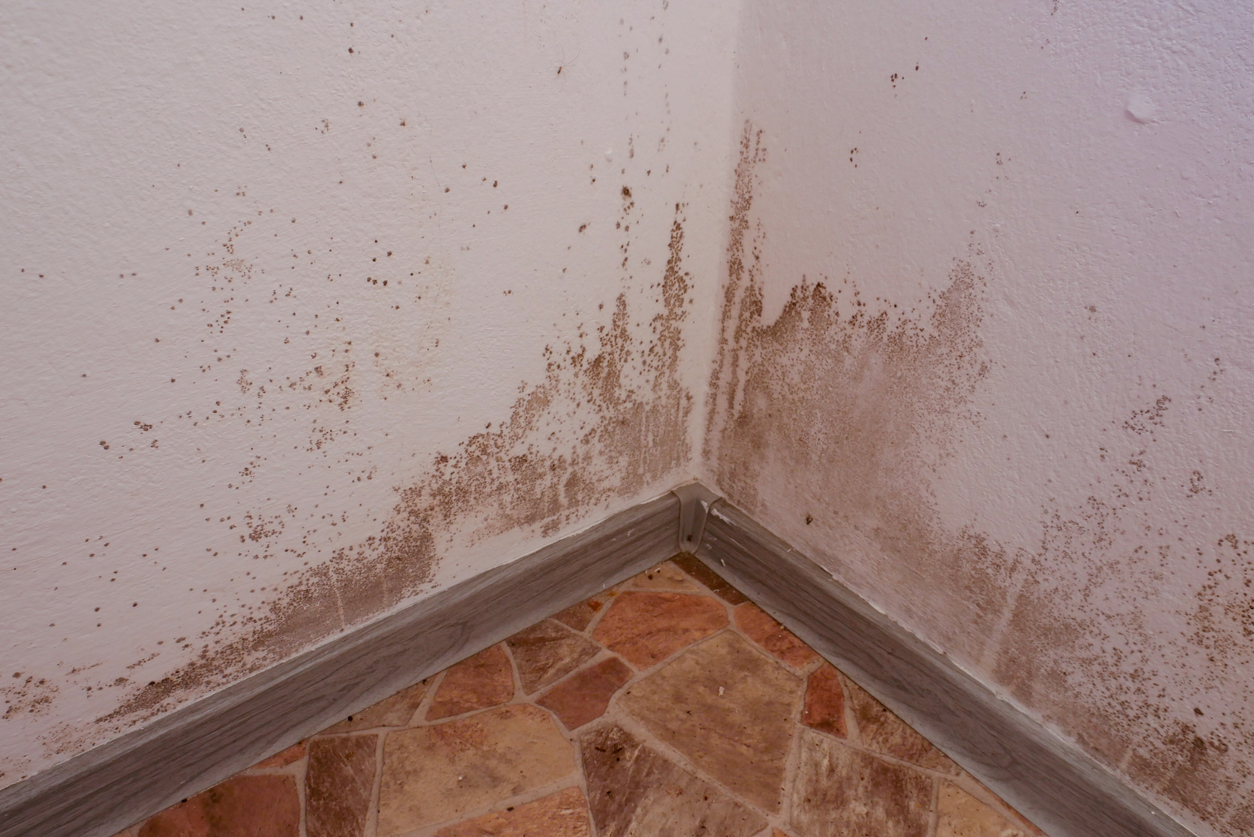July 6th, 2020
WHY DO BASEBOARDS WET?

Porque os rodapés ficam úmidos?
It is very common for humidity stains to appear on internal and external baseboards. This is because the soil’s natural humidity rises through the substructure and seeps through the walls.
From there, problems start to appear: stains and bubbles in the paint, plastering, mold, and the rotting of baseboards and wooden floors and stains on carpets. In addition to the financial loss, this humidity is also bad for your health, causing allergies and breathing problems.
How to avoid:
The simplest, most efficient and economical way to have a dry and healthy home is to waterproof the work from the substructure, using a waterproofing agent in the buckets.
The procedure for efficient waterproofing follows the following steps:
1 – Prepare the dough with waterproofing in the proportions 1: 3: 1 (cement, sand and DRYKOVEDA) and install the blocks or bricks until the 5th row.
2 – Cover the substructure with 3 coats of polymeric waterproofing mortar DRYKOTEC 1100, running 15 cm down the sides;
3 – Wait for it to dry and paint with two coats of DRYKOPREN PRETO asphalt waterproofing emulsion;
4 – Use the dough with waterproofing to lift the walls up to the 3rd row. The same mass must be used for the internal and external lining up to 1 meter in height.
If the problem already exists, let’s fix it:
In this case, it will be necessary to recover the affected areas with a waterproofing coating against infiltration:
1 – Remove the wall covering up to 50 cm above the humidity level, until it reaches the masonry. Clean with a brush until all loose parts are removed.
2 – Moisten the surface, without soaking.
3 – Apply the DRYKOTEC 1100 polymeric mortar in 3 crossed coats, waiting for the complete drying of each one before applying the next one;
4 – After the mortar has completely cured, roughen it with DRYKOFIX CHAPISCO and redo the final coating, finishing with the paint.
Thus, your home will always be beautiful and protected.



 (11) 2088-5701
(11) 2088-5701